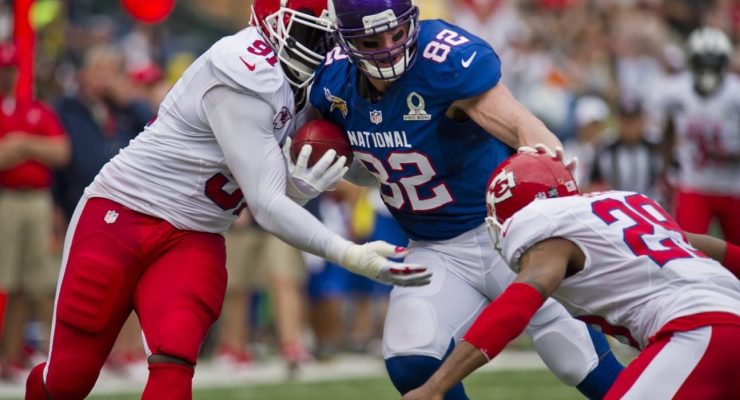Photo by rawpixel.com, CC by 1.0
If you love sports betting, you need to be familiar with all types of betting odds. There are three types of odds bookmakers usually use.
Here is a brief explanation about how all betting odds work to help you decide which method you prefer.
To help explain, we will use an example of a fictional football match between Liverpool and Everton.
Fractional Odds
Fractional odds have long been the traditional format in the UK and Ireland. In our example, they might look something like this:
Liverpool 1/3, Everton 8/1, Draw 4/1
The key for fractional odds is that the second number is the amount you would have to stake to win the first amount.
The key to understanding fractional odds is this: the second number represents the amount you need to stake in order to win the first.
So, if you’re backing Liverpool at 1/3, you’d need to stake £3 to win £1. If Liverpool win, your total return on a £30 bet would be £40 — that’s £10 profit plus your original £30 stake.
Now, if you fancy Everton to pull off an upset at 8/1, a £10 bet would land you an £80 profit. Add your stake, and you’d walk away with £90.
Backing the draw at 4/1? A £10 bet would return £40 profit, or £50 in total including your stake, if the match ends level.
This format is familiar to many punters, though it can become a bit tricky when you encounter odds like 27/11 or 85/40. In those cases, you might find decimal odds a bit easier to work with.
Decimal Odds
Decimal odds have grown in popularity over the past two decades, largely thanks to the rise of online betting.
Let’s take our example and express the odds in decimal format:
Liverpool 1.33, Everton 9.00, Draw 4.00
These are exactly the same prices we saw in the fractional example — the payouts are identical, they’re just presented in a different way.
One important thing to note: decimal odds will never be lower than 1.00, no matter how short the price is.
Here’s a simple way to understand them — the number represents your total return, including your original stake. So, if you back Liverpool at 1.33, you’ll receive £1.33 for every £1 you bet: that’s your £1 stake plus £0.33 in profit.
Using the same logic, Everton at 9.00 means you’d get £9 back for every £1 staked — £8 profit and your £1 stake. The draw at 4.00 works exactly the same way: £10 on a draw would return £40 in total (£30 profit + £10 stake).
The main advantage of decimal odds is their simplicity. They’re often easier to read, especially when compared to more complex fractions like 85/40 or 27/11.
American Odds
American odds are different because they are expressed as either a minus or plus amount, so here is how our game would look here:
Liverpool -300, Everton +800, Draw +400
Teams who are odds-on are a minus figure and teams that are odds-against are a plus figure.
With the minus figure, it is the amount you would have to bet to win $100, so in this case you would have to wager $300 to win that amount with a Liverpool victory.
For a plus figure, that is how much you would win with a $100 wager, so the Everton +800 is the equivalent of 8/1 in fractional odds and 9.00 in decimal odds.




